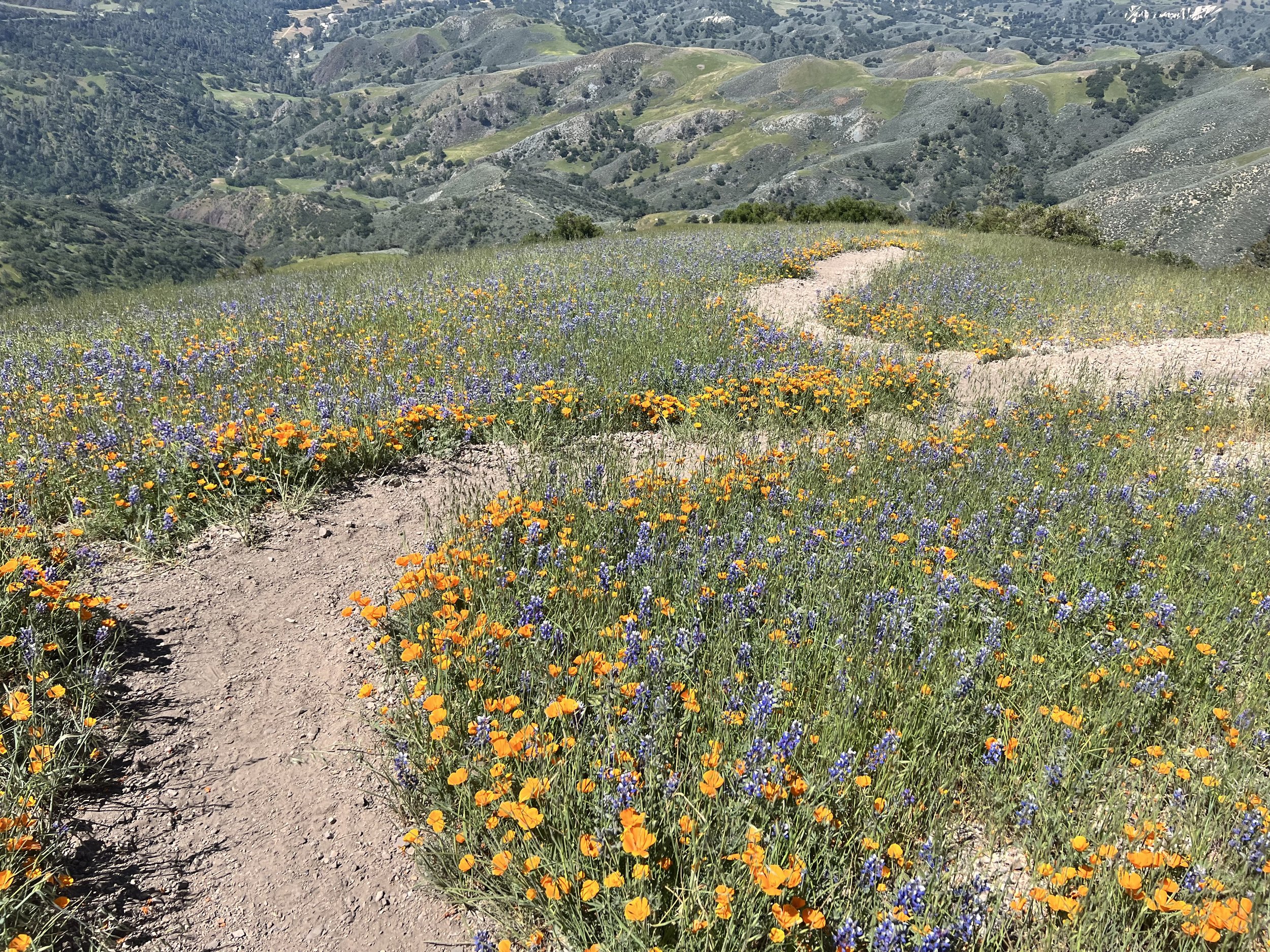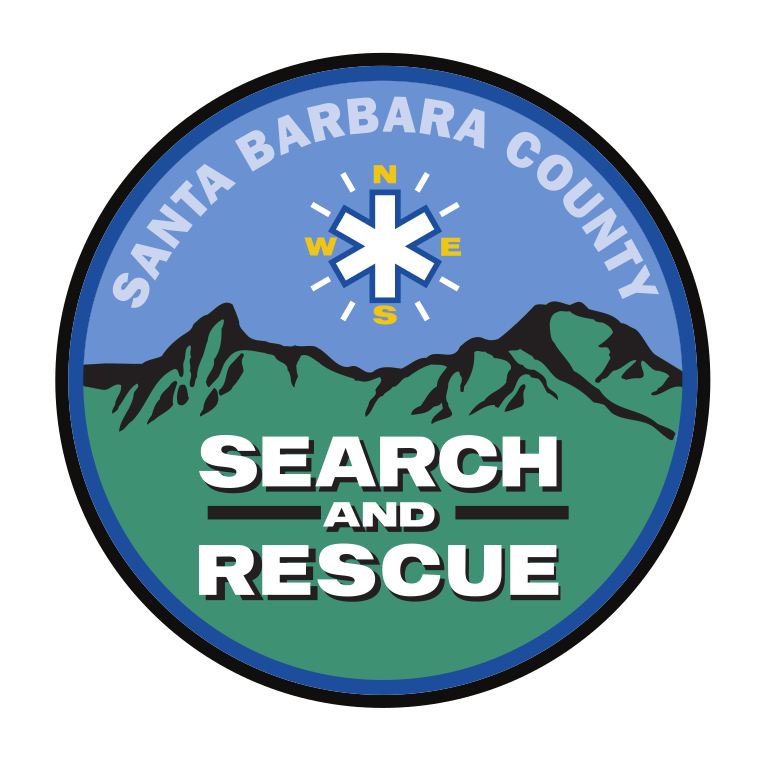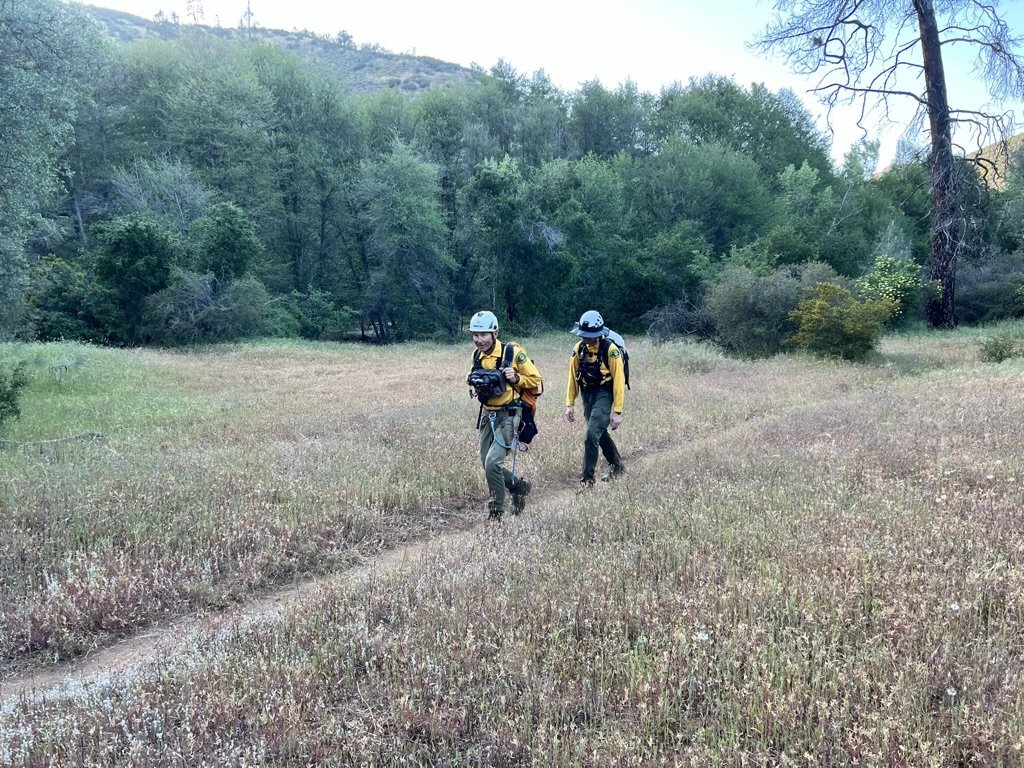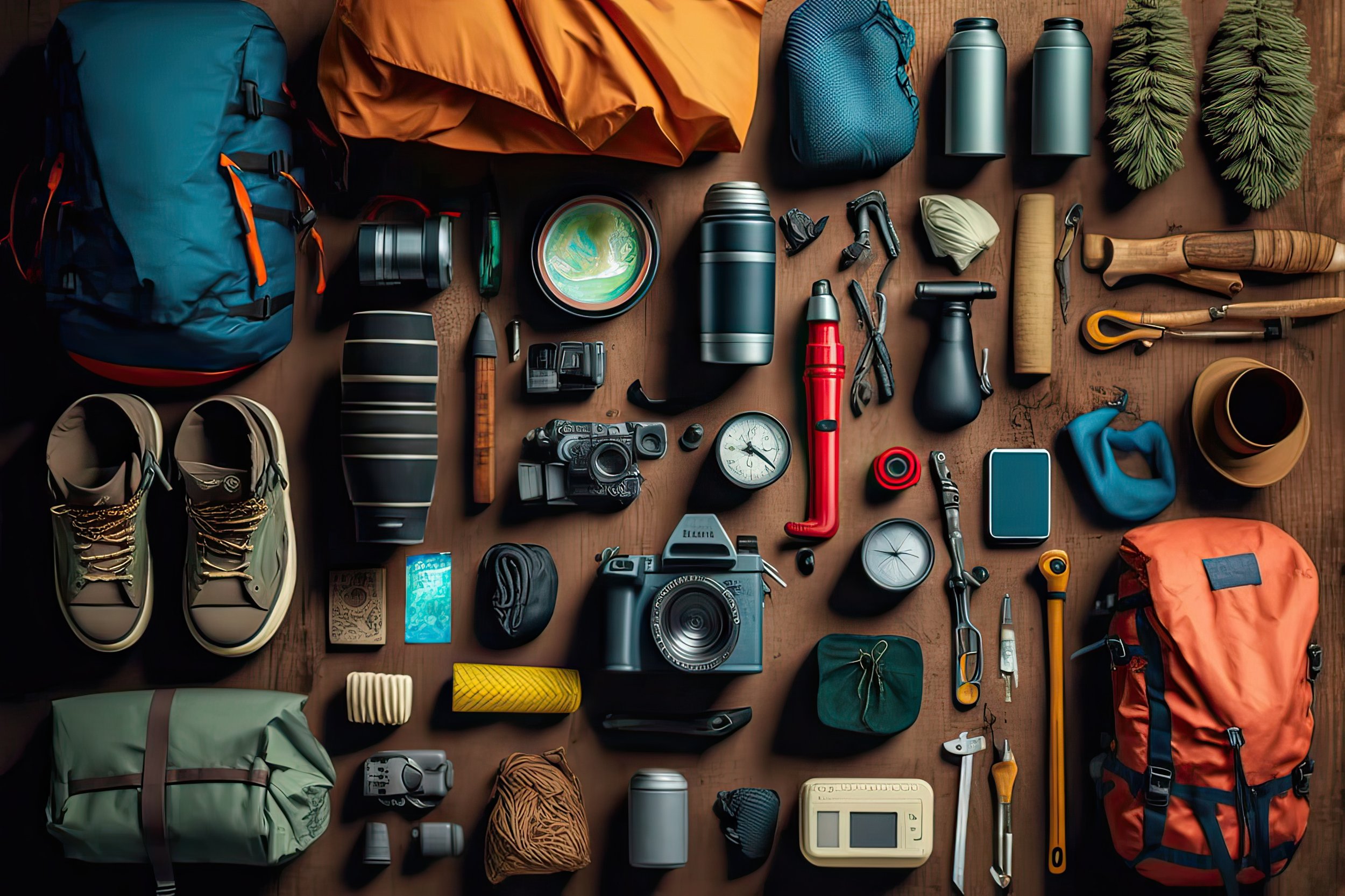
Hiking Tips
Adventuring into the wilderness is rejuvenating, fun, and healthy for the mind, body, and soul. We love seeing more and more people unplug and enjoying what nature has to offer. However, don’t forget, the wilderness can sometimes be dangerous and unforgiving. We encourage all adventurers, experienced or new, to always take the proper safety precautious and have the appropriate gear and communication tools with them on their journey. Having a cellphone, hiking plan, a map or GPS devise, and knowing possible dangers you may encounter may save yours or someone else life in an emergency.
Hiking Plan
Tell someone where you are going and when you will be back. Use this hiking form to make sure the important information will be available in an emergency. Give the completed form to a responsible person who, in case of emergency, can share the form with the proper authorities that will assist with search and rescue efforts. Another good idea is to leave a copy of the form on the dash of your vehicle.
Be Prepared
Prepare appropriately for your hike...physically, mentally and with the right equipment. If this is your first hike of the year, start off with short hikes around your home working up to longer trail hikes.
Mental Health
Mental preparation is also very important. Remember if you are hiking trails anywhere in our county you will find yourself in a wilderness environment. Make sure you mentally condition yourself to deal with these conditions such as long steep climbs, temperature fluctuations, wildlife, darkness, and unexpected emergencies such as an injury or becoming lost. Studies have shown those that have a positive mental preparation will have a greater chance of dealing with difficult situations.
Equipment
Taking the right equipment is also important...this means enough water, food, clothing and other equipment to deal with unforeseen situations. Equipment to include are: a flash light (with extra batteries), first aid kit, toilet paper, emergency blanket, small knife, matches or lighter. You would be amazed at the number of hikers on an afternoon hike get caught by dark - especially those on sunset hikes.
Clothing
Layering is the key. Stay away from cotton clothing, including socks, as it will absorb your sweat and stay wet longer. Synthetic materials that have "wicking" characteristics are a good choice for your base layer. After that use light pile clothing for an insulating layer followed by a rain/wind nylon/Gortex shell. Remove or add clothing as need depending on weather conditions and your body core temperature. Bright clothing is also recommended to provide greater visibility if you become lost or in need of assistance.
Communication
And don't forget two of the most used items that help rescuers to locate you...a whistle and a cell phone. Whistles are heard over greater distances than shouting and do not wear out your voice. SBCSAR has located many people just by hearing their whistle.
Over 75% of the search & rescue calls SBCSAR personnel respond to involved someone using a cell phone. While they can be extremely useful in the front country they have little or no coverage in the backcountry so understand they are not the perfect communication tool that will bring rescue personnel immediately to your aid. If you are venturing into the backcountry consider looking into a Personal Location Beacon (PLB) or a SPOT device that can be activated in an emergency that will give SBCSAR your location coordinates. A satellite phone is another option.
Cell phones can also be used as a signaling device during the night. Should you find yourself lost and without a flashlight, use your lighted cell phone screen by turning it towards any ground search & rescue or helicopters you hear. With their night vision equipment you will be easier to locate.
Hike with a buddy
Hiking alone, while peaceful and solitary, can cause difficulties should you become lost or injured. Hiking companions can help determine where you are and aid if you get hurt, either by applying first aid or going for help.
Lost?
If you find yourself in an unfamiliar area not knowing which direction to go, sit down for a few minutes and gather your thoughts. Think calmly through your situation. If you believe you can track yourself back to a location where you can absolutely identify where you are then do so. However, it you cannot or you still are not finding the right trail, then immediately stop to prevent wandering further away on an unknown path. If you are somewhere along the front country and have a cell phone then dial 9-1-1 and ask for the Santa Barbara County Dispatch Center. Explain your situation and request search & rescue be activated to find you. If you do not have any reception and you believe you can safely climb to higher ground then do so and try again as this may improve your ability to get a signal. Find an open area so you can be spotted easier from the ground and air. Once you have contacted County Dispatch the important information to quickly give is your name, location, how many are with you and your reason for calling. Further details can be given if needed. Stay put after you hang up! If you move without telling anyone then SBCSAR will have more difficulty in locating you. Stay off of your cell phone as much as possible to save battery power as SBCSAR or Sheriff’s personnel may be calling or texting you back in order to locate you much more quickly.
Natural hazards
Be familiar with some of the natural hazards in the area such as rattlesnakes and Poison Oak. While potentially dangerous, rattlesnakes very rarely are deadly. Unless provoked, surprised or cornered, they will do everything they can to get away from you. The best way to avoid an unwanted encounter is to make noises while hiking and watch where you put your feet and hands. If you do encounter a rattlesnake give it room to escape. Do not poke it with a stick or throw rocks at it as it will only become defensive and strike out. If it doesn’t move out of the way, you will want to walk carefully around it, giving it a lot of space.
Poison Oak is a woody shrub that is related to poison ivy and poison sumac. It is plentiful below 4,000′ and is generally identified by its oily leaves in groups of three. The leaves can be green, yellow, or red and fall off each year. The leaves and stems contain an oil (Urushiol) that causes a nasty, itchy rash in 85% of the population. It’s powerful stuff so treat this plant seriously.
For more information on hiking hazards, please visit the Santa Barbara Trail Guide website
Dog Care
Dogs are more sensitive to heat than we are. Because of this, dogs are more susceptible to Heat Exhaustion and Heat Stroke that can lead to an Emergency Situation and Possible Death.
Precautions
Water and rest your dog frequently
Take advantage of shade and pools of water for cooling
Cool dogs pads when possible
Signs & Symptomes
Vigorous panting
Some dogs have a dry tongue
Flushed and red tongue and gums
Flushed and red skin on inside of ears
Weakness
Staggering
Loss of consciousness
What to do
Move dog into shade
Cool body by wetting trunk and legs with cool (not cold) water
Fan if possible
Give cool water but restrict amount
Seek Veterinary attention immediately
Continue to cool dog to normal temperature
Dogs that are especially at risk:
Dogs with double coated hair
Older dogs
Dark colored dogs
Overweight dogs
Dogs with 'pug' like noses
Dogs with heart or lung disease
Be aware that the air temperature can dramatically increase (up to 20 degrees or more) as you hike up the trail due to the lack of shade or water. Dogs cool themselves by panting. If the air is hot, your dog is hot. Many dogs will go until they drop.
Poison Oak
If you've spent time in the Santa Barbara backcountry, there's an excellent chance you've had a Poison Oak experience. If not, well, it's probably a matter of time. Nearly every Search and Rescue member is quite familiar with poison oak and has a favorite story to tell. Below are some of the remedies we have found that work well, as well as some links to other pages to help out those afflicted.
A Brief Summary
Poison oak is a woody shrub that is related to poison ivy and poison sumac. It is plentiful below 4,000' and is generally identified by its oily leaves in groups of three. The leaves can be green, yellow, or red and fall off each year. The leaves and stems contain an oil (Urushiol) that causes an itchy rash in 85% of the population. It's powerful stuff - 1/4 ounce would give a rash to every person on earth and the oil can remain active for up to five years.
Search and Rescue Remedies
Since the oil is the allergen part of the plant, most of the remedies include some surfactant to break up the oil and wash it away. Everyone reacts differently, so try as many remedies as you need to until you find one that works. The important thing is that you wash your gear and clothes so you don't expose yourself again the next time you use them. The treatments described below are all over-the-counter, but for extreme cases, consider consulting a physician.
Adventure Race Team Remedies - C. Hare
"My adventure race team has a variety of remedies. I've found green soap works well for me. My teammates use a variety of remedies. One uses Oil of Oregano, found in health food stores. Just rub it on, it will sting/itch for less than an hour and then that's it. Applied 2-3 times and the itching is done. Another has had luck with 1% hydrocortisone creams, just be sure to follow the precautions.
Lots of Personal Experience - M. Winter
"Unfortunately, I have had several opportunties to try treatments and have found the following the most effective for me. I remove my contaminated clothes as soon as I can since the oil works through fabric (especially behind your knees and inside your elbows). Then I take a cool shower with regular soap to remove any oil. Everything (clothes and gear) that might have oil on it is washed twice in a five-gallon bucket with regular laundry detergent. The itching starts 2-3 days after exposure, with blisters three days later. When the itching is bad, I use ice cubes or ice packs for a few hours of relief. Before sleeping, I run the affected areas under very hot water. It itches like mad for a few minutes, but goes away for several hours. A layer of 1% hydrocortisone cream (not ointment) generally gets me through the night itch free. If I do wake up, I use the ice treatment. If I follow this routine, the itching lasts a few days. I always crack after the blisters form and scratch them (but it feels SO GOOD!!), so I use ice to stop the itching and a hair dryer to stop the weeping.
Excellent Links
"10 Essentials"
This term is used frequently by those enjoying the outdoors. However, get ten hikers together in one room and you probably will get ten different "10 Essentials" lists. What you should take will depend on the trail and weather conditions you are hiking in. What you wear and carry will be different during a summer hiking trip in the desert verses a spring hike on the Cold Springs Trail in the front country of Santa Barbara. Here's SBCSAR's "Essential" list of recommendations (note it is more than 10 items)
The Essentials
water (1 quart per hour)
food
map and compass
hiking plan left with a friend or in your car
flashlight
waterproof matches
fire starter
extra clothing (Not cotton!!!)
whistle
cell phone
knife
sunhat, sunglasses and sunscreen, lip balm
lightweight pack to comfortably carry everything.






